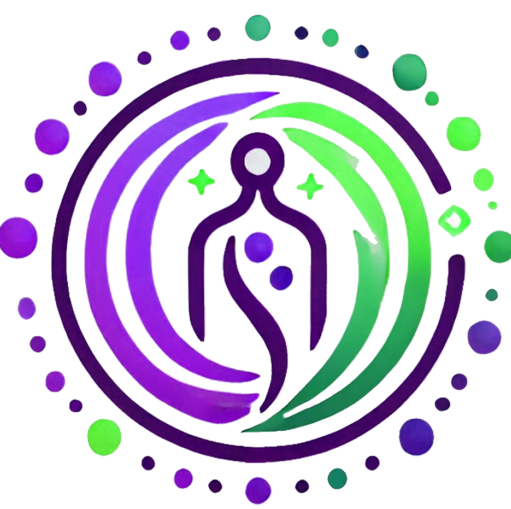Introduction: Mental resilience is the ability to cope with stress, adapt to challenges, and maintain a positive outlook even in difficult situations. By boosting mental resilience through NeuroCellular Reconditioning, you can enhance your emotional strength, improve your ability to handle stress, and maintain mental well-being.
1. Neuro-Visual Integration (NVI): Visualizing Mental Strength
Practice:
Engage in a daily visualization exercise where you picture yourself responding to challenges with calm, confidence, and clarity. Imagine your mind as a strong, resilient force, capable of overcoming obstacles and staying focused on your goals.
Guided Imagery:
Spend 10-15 minutes each day visualizing your mind as a fortress of resilience. See yourself navigating stressful situations with ease, remaining calm under pressure, and bouncing back quickly from setbacks.
2. Cognitive Reprogramming Constructs (CRC): Rewiring for Resilience
Affirmation:
Use intention-driven statements like, “I am mentally strong and resilient,” or “I handle challenges with calm and confidence.”
Application:
Repeat these affirmations aloud during moments of stress or when preparing for challenging tasks. This practice helps rewire your neural circuits, fostering a positive internal environment that supports mental resilience.
3. Autonomic Modulation Protocols (AMP): Breathing for Emotional Balance
Breathing Exercise:
Incorporate deep, rhythmic breathing into your daily routine to reduce stress and promote emotional balance. Practice diaphragmatic breathing for 5-10 minutes each day, focusing on slow, steady breaths that calm your nervous system and support mental resilience.
Protocol:
Inhale deeply through your nose, allowing your lungs to fully expand, and then exhale slowly through your mouth. This technique helps activate the parasympathetic nervous system, which supports emotional balance and enhances your ability to handle stress.
4. NeuroReflective Documentation (NRD): Journaling for Mental Resilience
Journaling Practice:
Document your thoughts, feelings, and intentions related to your mental resilience. Reflect on any stressors, habits, or situations that might be challenging your mental strength, and write about your goals for maintaining or improving resilience.
Prompt:
“At the end of each day, I will write about how I responded to challenges and any signs of mental resilience. I will set positive intentions for the following day, focusing on how I want my mind to handle stress and adversity.”
5. Quantum-Resonance Meditation (QRM): Meditating for Mental Fortitude
Meditation Practice:
Engage in daily meditation that synchronizes your brainwaves, achieving a state of deep coherence that supports mental resilience. Focus on bringing balance and harmony to your mind through relaxation and mental clarity.
Guided Session:
Find a quiet space, close your eyes, and breathe deeply. As you meditate, visualize your mind as strong, adaptable, and resilient. Feel a sense of peace and confidence in your ability to handle whatever challenges come your way with calm and grace.
Conclusion
By integrating these practices into your daily routine, you can actively support and enhance your mental resilience. Each of these techniques is designed to empower you, helping you align your thoughts, emotions, and body in the pursuit of optimal mental strength and well-being.
Remember: Consistency is key. The more you engage with these practices, the more effective they will be in supporting your mind’s natural ability to maintain resilience in the face of challenges.
